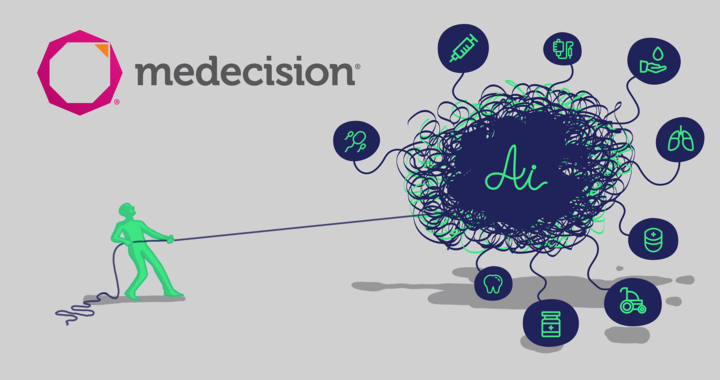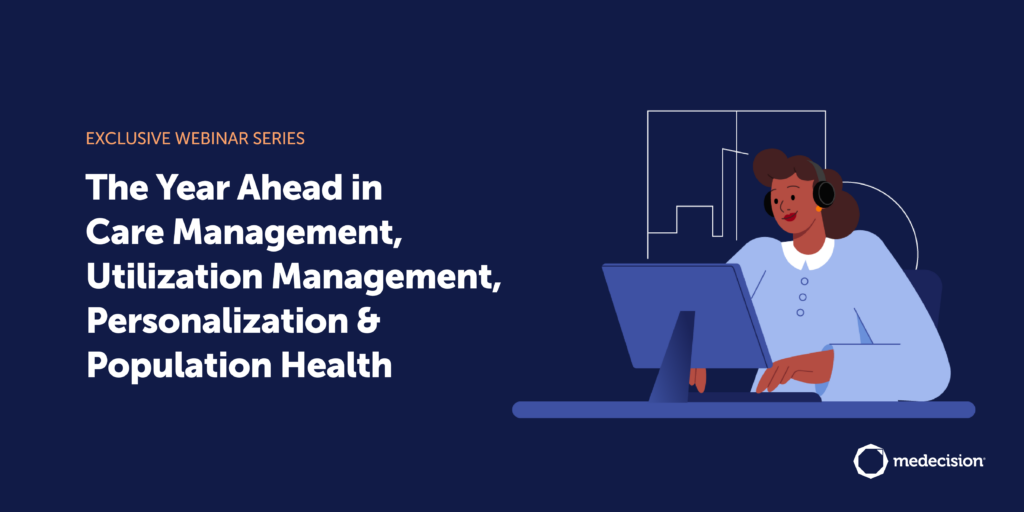
By Terri Steinberg, Chief Medical Officer and Chief Strategy Officer, Medecision
Workflows lie at the heart of efficient operations and user satisfaction. Whether it’s an admission, a transition of care, a patient engagement with an office scheduler, or any of the myriad processes in a modern health organization, workflows guide all parties associated with care toward the same goal.
Many workflows would operate more effectively if they could respond to real-time data. If a care manager learns that a patient has been discharged from the hospital the previous day, an opportunity for a valuable interaction has been missed. Had the care manager become aware of the discharge information in real time, that information could have triggered one or more events to reduce the likelihood of readmission or medication error while improving outcomes and the patient’s experience.
Modern IT systems provide a sophisticated level of analytics to manage and automate workflows. A sophisticated rules engine that reacts to real-time data can automate actions that would otherwise require a manual lookup and intervention. For example, when the system is aware of a real-time ADT discharge transaction, the rules engine can generate an action to send the patient a text message containing a link to schedule a meeting with their care coordinator. If a real-time meeting isn’t needed, the system could generate appropriate education materials or other support. Real-time data can cause the right intervention to be sent to the right person at the right time. A workflow system capable of responding to real-time data can automate many tasks that would otherwise be manual, time-consuming, or accidentally omitted.
Care managers and caregivers alike benefit from the structure and consistency that thoughtful workflows built within an IT system can deliver; all parties can also benefit when a well-designed workflow system performs tasks automatically on their behalf. That offloading enables care managers to focus on tasks that require a level of decision-making or interpersonal engagement that an automated workflow system cannot deliver. Indeed, a workflow system capable of responding in real time to streaming data analyzed in real time can alert care managers to actions that should be taken in real time. The difference between being able to engage with a patient at the moment that engagement is called for, and being able to engage only hours later when a database is updated via batch, can make all the difference in outcomes, satisfaction, and cost.
###



About The Author: Terri Steinberg, MD, MBA, FACP, FAMIA
As Medecision's Chief Medical and Strategy Officer, Dr. Terri Steinberg is responsible for enhancing Medecision's analytics, clinical informatics and data intelligence capabilities. Dr. Steinberg uses her experience to guide Medecision's implementation of clinical systems for its customers to ensure they achieve optimal workflows and value from our software. As a clinician as well as a software designer, Dr. Steinberg has lectured and consulted extensively on methods to ensure successful technology adoption by physicians and nurses, on the positive impact of technology on safe medication practice, and on the use of technology to drive Population Health Management. Dr. Steinberg was previously the Chief Health Information Officer and Vice President of Population Health Informatics at ChristianaCare, a large multi-entity healthcare organization in Delaware.
More posts by Terri Steinberg, MD, MBA, FACP, FAMIA